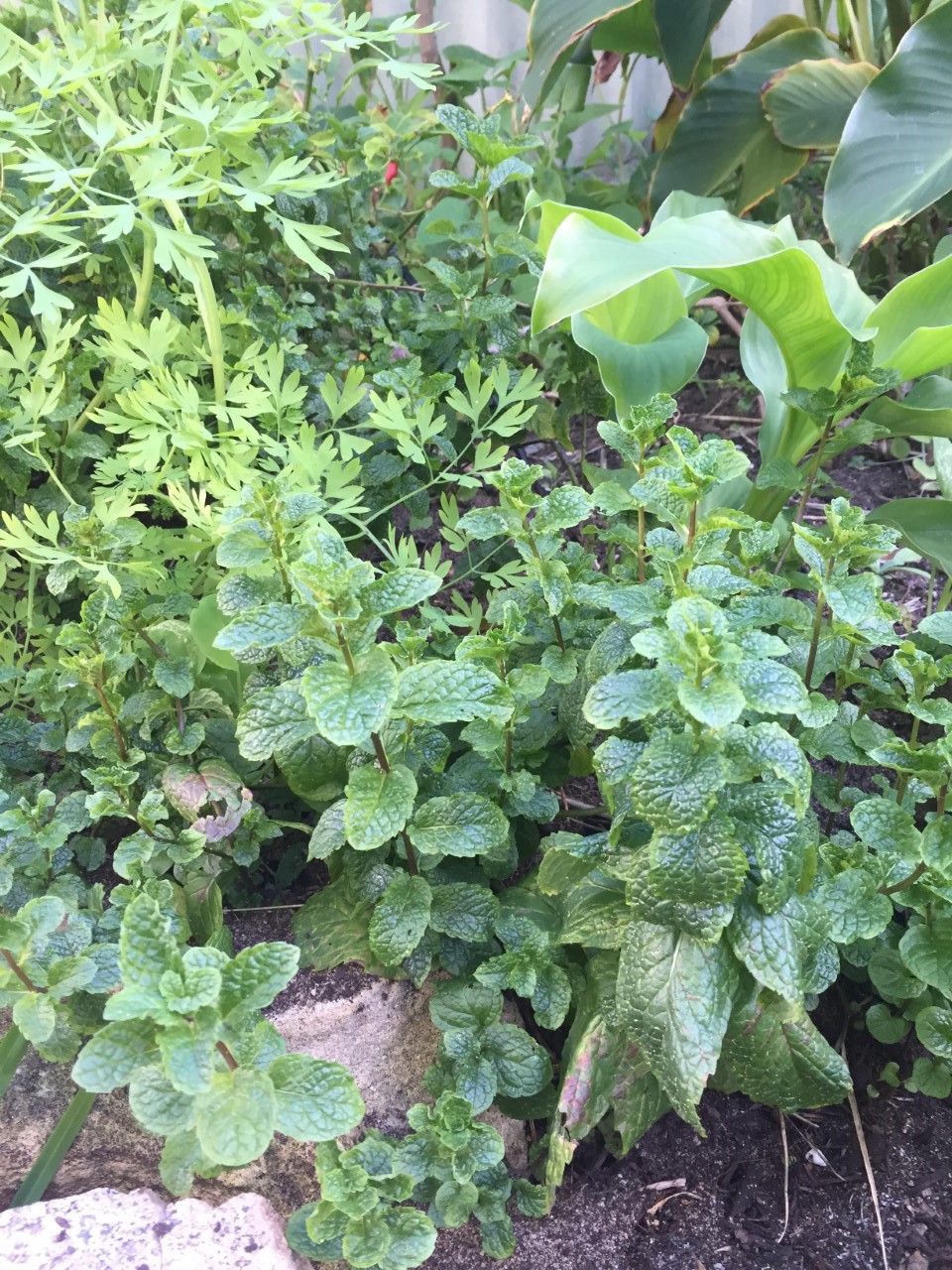|
Squaw Root (other)
Squaw root (also spelled Squawroot or Squaw-root) is a common name which can refer to a number of different herbs native to North America: *''Actaea racemosa'' *''Caulophyllum thalictroides'' *''Conopholis americana ''Conopholis americana'', the American cancer-root, bumeh or bear corn, is a perennial, non- photosynthesizing (or " achlorophyllous") parasitic plant. It is from the family Orobanchaceae and more recently from the genus '' Conopholis'' but also ...'' *'' Perideridia gairdneri'' {{Plant common name ... [...More Info...] [...Related Items...] OR: [Wikipedia] [Google] [Baidu] |
Herb
In general use, herbs are a widely distributed and widespread group of plants, excluding vegetables and other plants consumed for macronutrients, with savory or aromatic properties that are used for flavoring and garnishing food, for medicinal purposes, or for fragrances. Culinary use typically distinguishes herbs from spices. ''Herbs'' generally refers to the leafy green or flowering parts of a plant (either fresh or dried), while ''spices'' are usually dried and produced from other parts of the plant, including seeds, bark, roots and fruits. Herbs have a variety of uses including culinary, medicinal, aromatic and in some cases, spiritual. General usage of the term "herb" differs between culinary herbs and medicinal herbs; in medicinal or spiritual use, any parts of the plant might be considered as "herbs", including leaves, roots, flowers, seeds, root bark, inner bark (and cambium), resin and pericarp. The word "herb" is pronounced in Commonwealth English, but is com ... [...More Info...] [...Related Items...] OR: [Wikipedia] [Google] [Baidu] |
Actaea Racemosa
''Actaea racemosa'', the black cohosh, black bugbane, black snakeroot, rattle-top, or fairy candle (syn. ''Cimicifuga racemosa''), is a species of flowering plant of the family Ranunculaceae. It is native to eastern North America from the extreme south of Ontario to central Georgia, and west to Missouri and Arkansas. It grows in a variety of woodland habitats, and is often found in small woodland openings. The roots and rhizomes were used in traditional medicine by Native Americans. Its extracts are manufactured as herbal medicines or dietary supplements. Most dietary supplements containing black cohosh are not well-studied or recommended for safe and effective use in treating menopause symptoms or any disease. In contrast, some herbal medicinal products containing black cohosh extract hold a marketing authorization in several states of the European Union are well-studied and recommended for safe and effective use for the relief of menopausal symptoms (i.e. in the years a ... [...More Info...] [...Related Items...] OR: [Wikipedia] [Google] [Baidu] |
Caulophyllum Thalictroides
''Caulophyllum thalictroides'', the blue cohosh, a species of '' Caulophyllum'' (family Berberidaceae) is a flowering plant in the Berberidaceae (barberry) family. It is a medium-tall perennial with blue berry-like fruits and bluish-green foliage. The common name cohosh is probably from an Algonquian word meaning "rough". The Greek-derived genus name ''Caulophyllum'' signifies "stem-leaf", while the specific name ''thalictroides'' references the similarity between the large highly divided, multiple-compound leaves of meadow-rues ('' Thalictrum'' spp.) and those of blue cohosh. Description From the single stalk rising from the ground, there springs a single, large, three-branched leaf, giving rise to a yellow-flowered inflorescence, followed by bluish berries, coated with a glaucous, waxy bloom, somewhat similar in appearance to sloes. The bluish-green leaflets are three-lobed and entire at the base, but serrate at the tip. Habitat and Distribution The plant is found in hardwood ... [...More Info...] [...Related Items...] OR: [Wikipedia] [Google] [Baidu] |
Conopholis Americana
''Conopholis americana'', the American cancer-root, bumeh or bear corn, is a perennial, non- photosynthesizing (or " achlorophyllous") parasitic plant. It is from the family Orobanchaceae and more recently from the genus '' Conopholis'' but also listed as '' Orobanche'', native but not endemic to North America. When blooming, it resembles a pine cone or cob of corn growing from the roots of mostly oak and beech trees. Description ''Conopholis americana'' is parasitic on the roots of woody plants, especially oaks (genus ''Quercus'') and beech (genus ''Fagus''). The only part of the plant generally seen is the cone-shaped inflorescence, which appears above ground in spring. The entire structure is a yellowish color, turning to brown. It achieves heights of to tall. Stems and leaves The plant has stout and unbranched to thick stems. Since ''C. americana'' does not photosynthesize it also does not have true leaves; it has instead simple, ovate, tiny scales long and brown, which ... [...More Info...] [...Related Items...] OR: [Wikipedia] [Google] [Baidu] |
